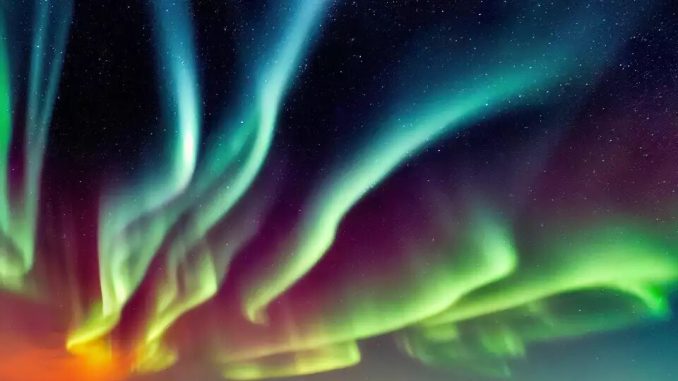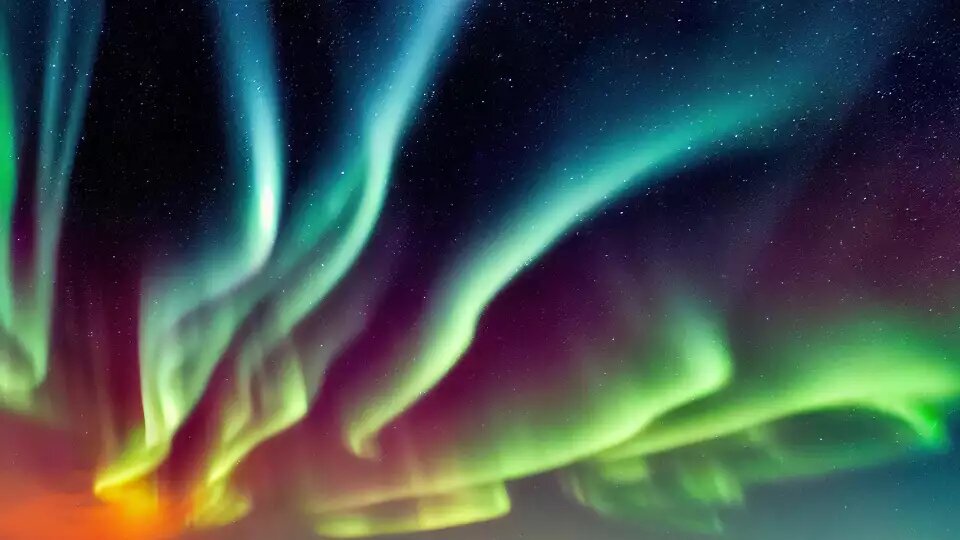
Announcement: Solar explosions to follow with northern lights October 15
Last week was a “wild” week in solar flares. While the current active solar cycle is in full force, measured as an 11-year period, the sun unleashed a series of solar flares, with a spectacular northern lights display expected again on Tuesday, Oct. 15.
Solar cycle 25 began in December 2019 and is now approaching solar maximum, NASA said — a period when eruptions are more frequent. Last week’s solar activity included four X-class flares (the strongest), two geomagnetic storms, 28 M-class solar flares, and 31 coronal mass ejections, NASA Sun Science posted on Facebook.

Solar flare eruptions are associated with coronal mass ejections, which occur when plasma from the sun interacts with the Earth’s magnetic field, NOAA explains. When this solar material reaches Earth, geomagnetic storms can occur, like the recent events when NOAA issued a strong G4 geomagnetic storm alert, during which the northern lights were visible as far south as Texas.
While Tuesday’s northern lights forecast is not expected to reach as far south, the viewing area includes the northern states and parts of the Midwest.
The northern lights view line for Tuesday, Oct. 15:
NASA describes the phenomena as a “sun burp” in a separate report, adding the sun has lots of energy and small particles, many of which the planet’s magnetic field offers protection from.
What does it all mean?
The sun has been highly active recently, with intense solar flares and coronal mass ejections contributing to stunning northern lights displays. These solar explosions, part of the current solar cycle, are expected to create another round of visible northern lights across northern states and parts of the Midwest on October 15. Though the lights may not be visible as far south as during recent storms, skywatchers in northern areas should have a good chance to see them.
“During one kind of solar storm called a coronal mass ejection, the sun ‘burps’ out huge bubbles of electrified gas that can travel through space at high speeds,” a portion of NASA’s website states. “The particles then interact with gases in the atmosphere, resulting in beautiful displays of light in the sky.”
Leave a Reply